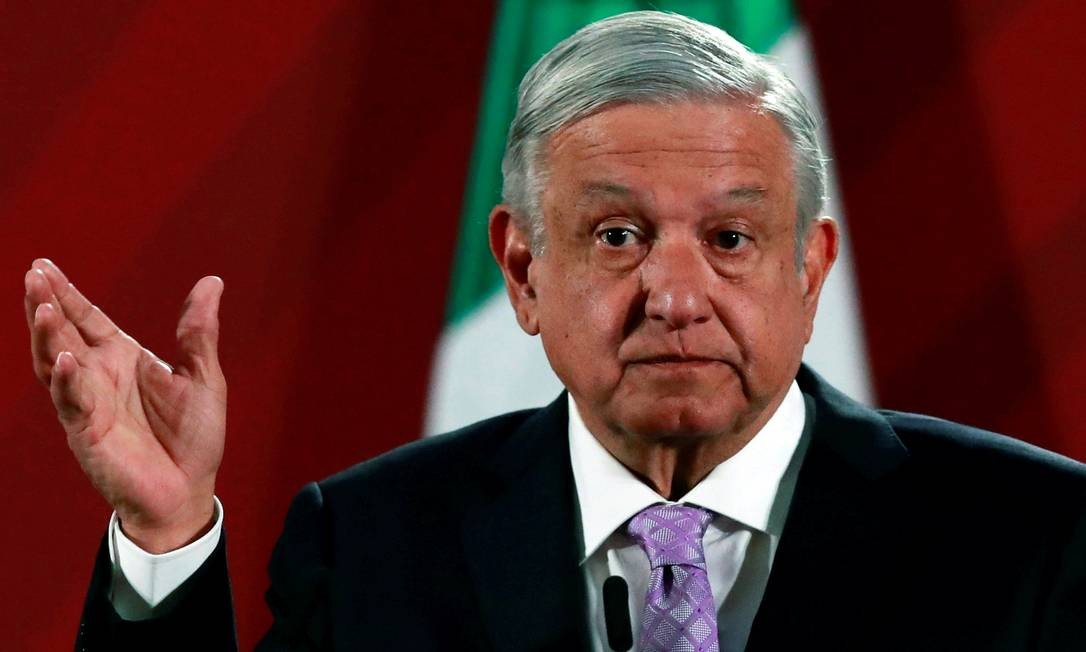The evolution of the Mexican economy has shown an anemic behavior for the last five years, and the entire six-year term of President López Obrador could end with the lowest per capita growth rate in the last 100 years while the socialist leader launches an electoral reform to perpetuate himself in power.
Mexico’s Central Bank confirmed that the monthly economic activity index (the IGAE) grew by 0.35% in December 2022 after declining by 0.41% in the previous month.
The economy has failed to recover from the impact of the pandemic and is still down 0.2% from its January 2020 level.

Likewise, the IGAE grew by only 0.48% so far during López Obrador’s presidency, a derisory and anemic figure compared to the 13.55% growth observed in the same period of time during Enrique Peña Nieto’s presidency.
The long-term growth trend was completely lost, despite the strong fiscal stimuli deployed between 2020 and 2021 by the socialist government.
Probably the most worrying data for the trajectory of the Mexican economy is the size of real income per capita.
The population-adjusted IGAE index accumulated a sharp fall of 3% between December 2018 and December 2022.
This indicator denotes a generalized deterioration in the quality of life of Mexicans since the arrival of the left to power.
A 2.51% drop in per capita income was observed compared to the last month before the pandemic, and Mexico became one of the few countries that still failed to recover from the impact after 3 years.
In fact, real per capita income is the lowest observed since October 2014, according to the population-adjusted IGAE series.
López Obrador’s statist and dirigiste reforms consumed potential growth, discouraged the entry of capital for investment in the country, and decapitalized strategic sectors of the economy such as energy.
The most recent bet of the ruling party was the nationalization of lithium exploitation throughout the country, moving more and more towards socialization.
The dismal results harvested so far led Mexico’s Central Bank to cut growth estimates for the next two years.
Its most recent diagnosis suggests that activity will grow by 1.6% in 2023 (with a high of 2.4% and a low of 0.8%), and by 2024 the variation would increase slightly to 1.8% in a relatively optimistic scenario.
The previous growth estimates estimated an increase of 1.8% for 2023 and 2.1% for 2024 respectively.
The improvement for 2024 is not due to internal structural factors but simply to an improvement in trade exchange due to the expected reactivation of the US economy in that year.
“In congruence with the expected reactivation of the US economy by 2024, a gradual improvement in the growth rate of the Mexican economy is expected in that year,” states the Central Bank of Mexico report.
With information from Derecha Diario

